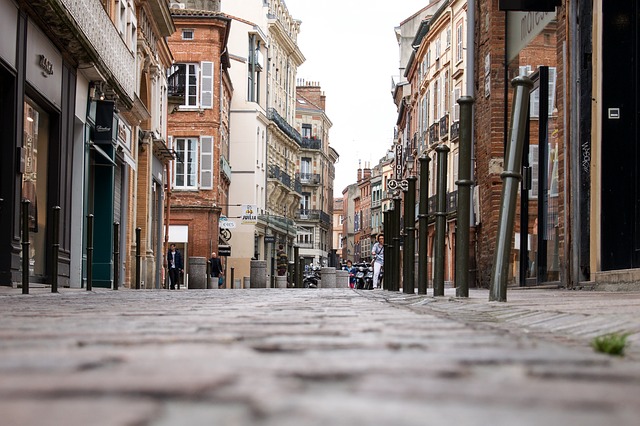We are moving right along with 52 Ancestors in 52 Weeks and I am... not. Ha ha! This makes the second post I'm putting out there quite late/on the last day. April was hectic for me on many levels. Hoping to slow down a bit, now. On to document, which can mean so many things. As genealogists, ...
genealogy techniques
52 Ancestors, Week 16: Negatives
The writing prompt for 52 Ancestors in 52 Weeks is Negatives, which can mean so many things in genealogy. For me, it brings to mind negative results and negative evidence, and any other relevant negatives. We always heard that my great-grandmother Mildred Burrell's first husband, Joseph William ...
52 Ancestors, Week 15: How Do You Spell That?
It's time for another 52 Ancestors in 52 Weeks post! Since this week’s topic is about spelling, I thought I would talk about the spelling variations for one of my lifelong research projects. I’ve been researching John Goodwin Hawksley and his sisters – Mary Hawksley, Sarah Brown Hawksley, and ...
52 Ancestors, Week 7: Landed
When we break through a brick wall, it's not always one "Ah-ha!" moment that leads to the discovery we've been seeking. It's often a trail of clues that helps us find the one we need to prove a hypothesis, and that is what I would like to talk about in Week 7 of 52 Ancestors in 52 Weeks. When I ...
Western Massachusetts Brick Walls
Ah, the joy of brick walls! Of course, the fun part is smashing them down. Here is one that has plagued me for a long time now:Esther was the wife of Edward Curtis. She was born about 1748. She married Edward about 1780. Edward was born 4 May 1736 in Dudley, Worcester County, Massachusetts ...
Vital Records
I am adamant about collecting primary sources. That which can't be found online must be obtained from the appropriate authority. How do you obtain birth, marriage, and death records? Every state is different but, in my case, I usually write to the Town Clerk of the town in which the event ...





